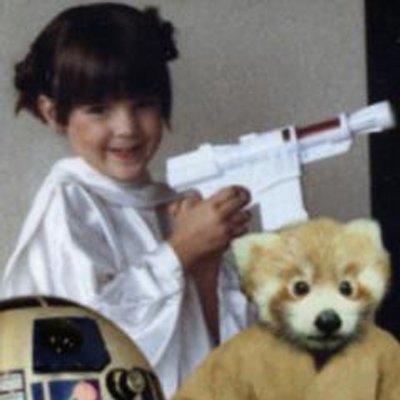
What's up with
Data Journalism
in Canada?
What is data journalism? ▿
Data Journalism Awards ▿
Finalists and Winners ▿
Content Analysis ▿
Insights ▿
What is data journalism?
Some quotes from experts in the field, to set the stage:
From the Introduction of the "Data Journalism Handbook"

“Data can be the source of data journalism, or it can be the tool with which the story is told - or it can be both.”
Paul Bradshaw, Birmingham School of Media
From "A computational journalism reading list"

“Data journalism is obtaining, reporting on, curating and publishing data in the public interest.”
Jonathan Stray, professional journalist and a computer scientist
From "The Art and Science of Data-Driven Journalism"

“Journalists are creating news apps and interactive features that help people understand data, explore it, and act upon the insights derived from it.”
Alex Howard, The Tow Center for Digital Journalism
From "What is data journalism at The Guardian?"

“It's not the existence of data, it's not just obtaining it and putting it out there. It's the processing that goes into it to work out what it tells you. And you have to ask the right questions to get the right answers.”
Paul Lewis, The Guardian
From "The Age of Insight: Telling Stories with Data"

“We're able to find stories that we weren't able to a few years ago thanks to the technology that we have available to us.”
Melissa Bell, Vox Media
From "The Age of Insight: Telling Stories with Data"

“Data journalists report and write, craft interactives and visualizations, develop storytelling platforms, run predictive models, build open source software, and much, much more.”
Chase Davis, New York Times
From "The Age of Insight: Telling Stories with Data"

“We will know that we've done a good job when people stop using this term. When data journalism is so constant that it's just journalism, as it always has been and always should be.”
Ezra Klein, Vox media
Data Journalism Awards
We found three major national and international journalism associations that award prizes in the domain of data journalism, starting in 2012. The Online News Association, the Global Editors Network and the Canadian Association of Journalists.
Finalists and Winners
This table lists the 26 Canadian Finalists and Winners since 2012 in the three awards mentioned above. Clicking on the Award brings you to the description of the project on the Award's site, clicking on the title brings you to the project itself. (Completeness intended, but not guaranteed)
| Award | Year | Outlet | Author | Title |
|---|---|---|---|---|
| {{a.Award}} | {{a.Year}} | {{a.Name}} | {{a.Author}} | {{a.Title}} |
Content Analysis
Together with Mary-Lynn Young and Alfred Hermida from the Graduate School of Journalism we conducted a Content Analysis of those 26 Canadian data journalistic projects to get an idea of the current state of Data Journalism in Canada.
The Paper Free tools, limited resources: A content analysis of Canadian data journalism awards, 2012-2015 will be presented at the 4th World Journalism Education Congress, July 14-16, in Auckland, New Zealand.
This site will be updated with our found insights and conclusions as soon as the paper was published. Probably mid-July. Stay tuned.
The paper "What Makes for Great Data Journalism? A content analysis of data journalism awards finalists 2012–2015" was published Feb 2017, in Journalism Practice. You can find a free e-print version of it here.
(Preliminary) Insights
Here are a few of the insights that we gained through the analysis:
1. Team Size

Even though experts in the field often say that it is best to have teams of 2 to 4 people for data journalistic projects, our 26 Canadian projects were very often solo projects. Working in an interdisciplinary team can have the advantage of having several strength. So there could be for example one journalist, one developer, and one designer.
2. Techniques

The most often used technique across those 26 projects were dynamic maps. We think that is very likely due to the availability of free tools that enable creating maps even without any coding.
3. Geographic focus

Something not too unexpected, but somehow still interesting is, that most data journalistic projects have a local topic. They often focus on one city - which makes sense, because that’s where readers get involved most easily.
4. Data Sources

Half of the projects used publicly available data sources like from Stats Can, from government departments, or research institutions. 7 went through a Freedom of information request to obtain the data.


